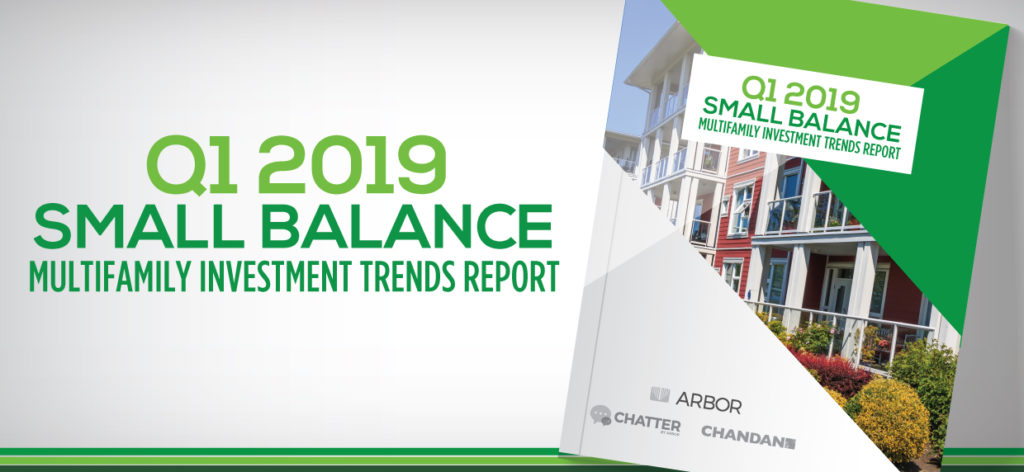The U.S. housing market reflects a patchwork of local needs, preferences, and geographies, creating distinct storylines. Across the country, many significant shifts have occurred over the last five years, an analysis of U.S. Census Bureau data shows. More expensive housing markets tend to support higher percentages of rental households, and in fast-growing metros, rentals have become a highly effective and flexible way to house new residents.

Small Balance Market Resiliency Comes into Focus to Start 2019
Ever since the Federal Reserve increased short-term interest rates in the waning days of 2018, the conversation has shifted from when will rates rise again to will the Fed have to lower rates?
Markets currently peg the probability of at least one rate cut in 2019 at about even odds. However, this does not mean a downturn is imminent. By several measures, the economy is performing at its highest capacity of any point since before the financial crisis.
Whether a period of economic weakness is years away or just around the corner, the small balance multifamily sector is projected to remain healthy.
For more on the small balance multifamily sector, read Arbor Chatter’s “Q1 2019 Small Balance Multifamily Investment Trends Report.”
Explore charts and insights, including:
- Lending Volume
- Cap Rates & Spreads
- Interest Rates
- Leverage & Debt Yields

